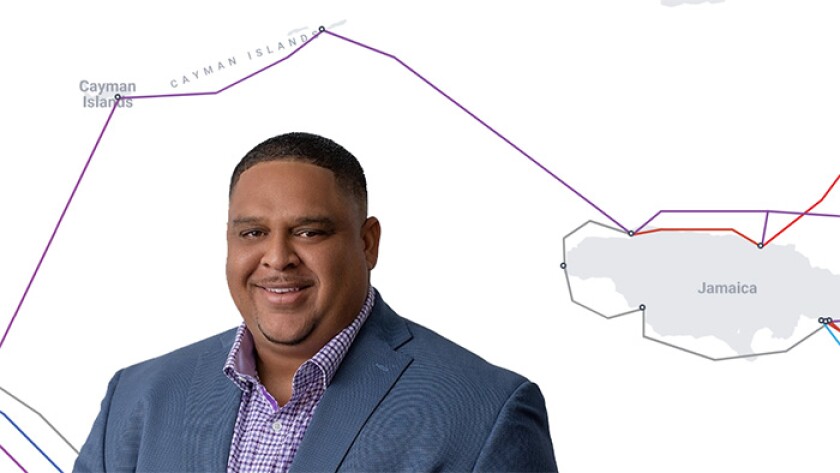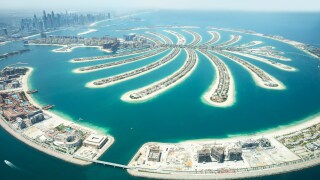At the moment the islands, which are a self-governing British Overseas Territory, have only two elderly cables connecting them with the outside world, the Cayman-Jamaica Fiber System (CJFS), operational from 1997, and Maya-1, which went into service in 2000 (see map, TeleGeography).
Cayman infrastructure minister Jay Ebanks (pictured) said the islands’ government wants to transform their international connectivity. “This initiative forms a key pillar of our strategy to ensure the Cayman Islands benefit from world-class connectivity in order to underpin a transformation of our economy and society into a thriving digital future.”
The government has commissioned professional services firm Grant Thornton to run the study, through New Jersey-based Pioneer Consulting. This “will be used to guide government’s decision-making around moving forward with a major submarine cable infrastructure investment project”.
Will McWilliams, head of public services at Grant Thornton, said the firm would be “bringing the benefit of both our own global experience on major infrastructure projects and the specialist submarine cable expertise of Pioneer Consulting as part of our team”.
The Cayman Islands’ population is 70,000, only two-thirds of that of Tonga, whose communications were disrupted at the start of this year when the sole cable was broken by a volcano. That event led to calls to build a second cable to Tonga to increase resilience.
According to the Cayman News Service, the government is paying Grant Thornton 250,000 Cayman dollars (US$305,000) for the project.
The 25-year-old CJFS, owned by Cable & Wireless Networks, itself now owned by Liberty Latin America, has two landing stations on the Cayman Islands and terminates at Bull Bay, Jamaica.
Maya-1, just three years younger, extends from Florida to Colombia, with landing stations in Costa Rica, Honduras, Mexico and Panama. It is owned by a number of operators, including América Móvil, AT&T, Orange, Sparkle and Verizon.
A close observer of the Caribbean subsea cable industry commented to Capacity that some operators are claiming that a new cable will be needed only if there is a fivefold growth in traffic in 10 years.
“This is equivalent to 17% year-on-year growth,” said this person, who did not want to be named. Yet, “internet traffic in advanced economies is growing by 20-40% a year. So, this growth scenario is actually very likely.”
In addition, said this person, “the Caymans has less traffic per user than comparable economies due to high prices”.






